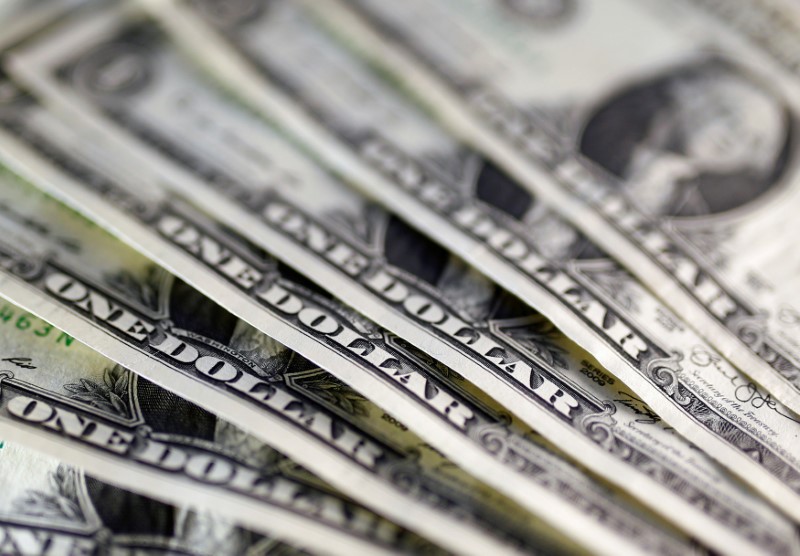Investing.com — As the global economy grapples with uncertainties, the United States appears to be on track for a “soft landing,” a scenario in which the economy slows without falling into recession.
This potential outcome, according to Goldman Sachs analysts, is consistent with a weakening. “Despite recent market turbulence, the US economy appears close to a soft landing, with the Fed likely to implement its first non-recessionary rate cut in September,” the analysts said.
It is expected that this policy step will help stabilize the economy without sliding into a full-blown recession.
The term “soft landing” refers to a situation in which economic growth slows enough to curb inflation, but not to the extent that it causes a recession.
Historically, achieving such an outcome has been a challenge, but current economic indicators suggest the US may be able to navigate this delicate balance.
Goldman Sachs analysts note a unique development in the current economic environment: the recent recovery in risk sentiment has been accompanied by dollar weakness, rather than strength, as seen in previous periods of strong US stock performance. This shift has added momentum to the “soft landing, weaker dollar” trade.
Several factors contribute to this scenario. The Fed’s potential rate cuts are a key driver because they can adjust real rates more quickly than other central banks facing downside risks to growth.
When these rate cuts are seen as part of policy normalization and not in response to a recession, they tend to support equity markets. In turn, this positive effect on the stock market, combined with improving global growth expectations and positive risk sentiment, tends to put downward pressure on the dollar.
Goldman Sachs further indicates that the dollar’s relationship with US growth is relative rather than absolute.
The dollar does not consistently strengthen when U.S. growth is robust, nor does it always weaken during periods of weak growth. Instead, the dollar’s performance is closely tied to how U.S. growth compares to growth in other major economies.
For example, when U.S. growth is negative while the rest of the world experiences positive growth, the dollar tends to weaken. This relationship underlines the importance of considering global economic conditions when assessing the dollar’s trajectory in response to U.S. economic data.
“Especially now, we would caution that the broad dollar’s sensitivity to relative stock performance this year is at least as high as that of relative interest rates,” the analysts said. When US stocks drive global stock outperformance, the dollar tends to strengthen.
However, in the current environment, where the Fed is expected to ease monetary policy while US equities remain strong, this dynamic could limit the extent of the dollar’s decline.
The dollar’s current appreciation is partly a reflection of the superior returns that U.S. assets offer over longer periods of time.
This has attracted significant foreign investment, with almost 30% of cross-border assets now allocated to the US. Such demand has supported the dollar’s high valuation, making it less susceptible to rapid depreciation.
However, as the US approaches a potential soft landing, the combination of dovish monetary policy and strong stock markets could create the conditions for a gradual weakening of the dollar.
Analysts at Goldman Sachs warn that while the dollar may be under downward pressure, the process is likely to be gradual, with the dollar’s rich valuation providing a cushion against rapid declines.


